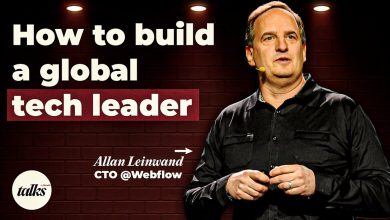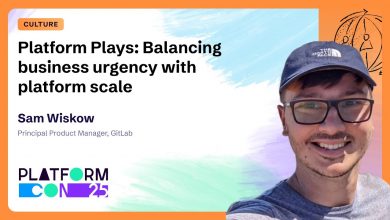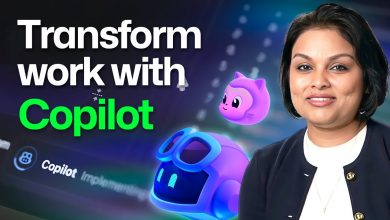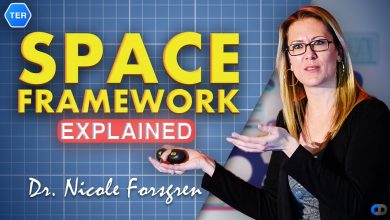Industrial DevSecOps “Value Streams to Agile Teams”
As Agile and DevOps practices continue to challenge the status quo and improve business outcomes, large companies need to learn how to scale these practices across large, complex systems composed of hardware, firmware, and software.
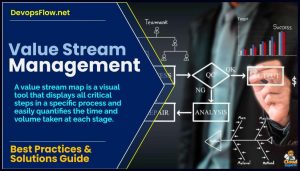 Speaking at the DevOps Enterprise Summit Northrop Grumman and Lockheed Martin presented on: “Industrial DevSecOps “Value Streams to Agile Teams”.
Speaking at the DevOps Enterprise Summit Northrop Grumman and Lockheed Martin presented on: “Industrial DevSecOps “Value Streams to Agile Teams”.
The talk was delivered by:
- Suzette Johnson – Northrop Grumman Fellow – Northrop Grumman.
- Robin Yeman – Lockheed Martin Fellow – Lockheed Martin.
As Agile and DevOps practices continue to challenge the status quo and improve business outcomes, large companies need to learn how to scale these practices across large, complex systems composed of hardware, firmware, and software.
The ability to iterate and deploy faster requires companies to adapt to changing needs, reduce cycle time for delivery, increase value for money, and leverage innovations. An industry-wide misconception is that this form of rapid iteration is only for software or small applications and systems.
For large cyber-physical solutions, software is only one part of the value stream leading us to consider the implication and the application of Agile DevOps principles across the entire end-to-end flow.
This talk discusses examples and lessons learned of large Government Contractors transition from Waterfall for DevSecOps both domestically and internationally for large scale systems of systems from the F-35 to Space Systems to Aegis and more. When adopting Agile and DevOps principles to developing products it is important to understand flow of value throughout the value stream and to identify the constraints within the system.
While software is key, looking at these systems holistically has brought in many other challenges. In this presentation they demonstrate the importance of systems thinking and value stream identification to understand flow, theory of constraints, and organizing around value.
Suzette and Robin share lessons learned in value stream identification to building autonomous teams in a traditional command and control culture.
